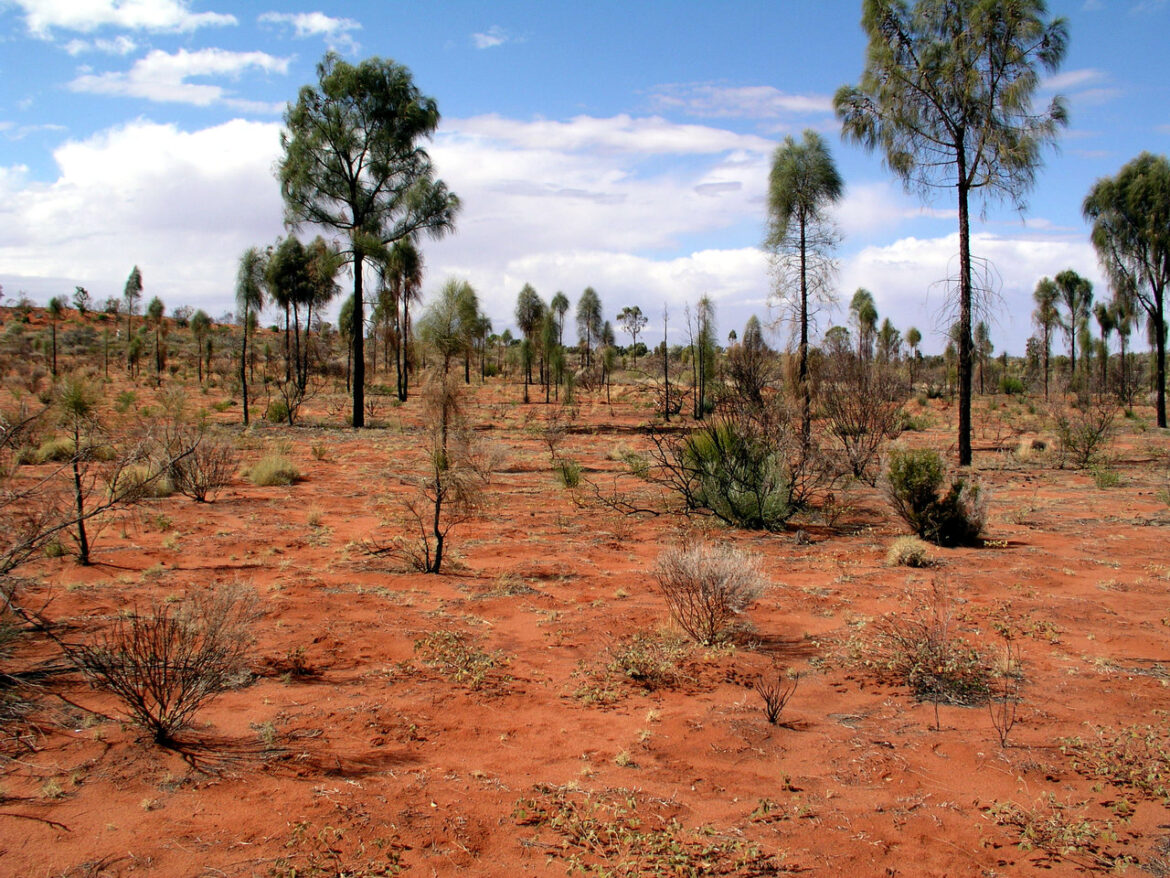Perhaps the most important prehistoric event that continues to fascinate archeologists and amateur human geography enthusiasts is Homo sapiens’ mass migration from Africa to the different continents of the world. This singular event spurred our species on to ascending the position of global species dominance and arguably becoming the Alpha species.
By the time this migration was over, among other competing species such as Homo erectus and Neanderthals, Homo sapiens were the only surviving species for several reasons which are beyond the purview of this article. The point I would like to drive home, however, is the ecological success we have attained over the last 77 000 years as inhabitants of an evolving planet.
To put it simply, humans have always migrated for various reasons which include seeking more fertile landmasses; sometimes this mass movement was due to conflict between warring tribes or in order to flee dangerous environmental catastrophes. But humans are not the only ones who are capable of migrating.
According to experts, rising temperatures on land and sea are forcing other animal species to move long distances in search of cooler and more favorable habitats. This brings with it several challenges, none the least of which is the possibility that these animals can carry with them several diseases and introduce them to a new environment causing an outbreak which could be of dire health consequences.
One example is Plasmodium (malaria parasite) carrying mosquitoes moving to temperate regions where people might have little or no immunity as these environments warm up. Another consequence of this mass migration is that it could affect food production and distribution networks. Because pests will also move to an environment more favorable to their physiology, countries in the world where these pests are not endemic today, could see a massive cross-border invasion. Already, recently in 2020, the horn of Africa was marauded by dark swarms of locusts which all but blocked sunlight when they swarmed in and feasted on crops in the already arid region. Locusts are known to love areas in which the climate is unpredictable and unstable.
A farmer’s field of corn could be reduced to nothing in hours leading to shortages in the supply of cereals which will result in famines in countries where strong food security policies are not in place. This could lead to mass revolts and instability among populations of humans living in these regions and would greatly displace people as they move for the twin reasons of finding food and seeking safety from physical harm.
Some experts have posited that one of our most underrated and wasted human resources; water, could be a reason for conflicts between nations as the continents dry up and get warmer. In fact, water conflicts are not new to the human race and have occurred as far back as 6000 years but could get more pronounced as the climate gets worse. But these conflicts are not likely to occur in stable economies. They will most likely occur in already troubled regions of the world where a water conflict will be a secondary reason to draw blood between nation-states. The unavailability of freshwater for fishing, irrigation, and domestic activities could lead to individuals moving towards regions where there is a secure source of water. The conflicts that may spin-off from water scarcity could also be a secondary driver of human migration but not everyone agrees on this point. What do you think? Do you think that water could become an important source of conflict and migration in the future?
Experts also disagree on whether people will migrate from poorer to richer countries in what might be an environmentally driven quasi economic migration. Without waiting for the conclusion of these experts, people are already beginning to migrate in enormous numbers all the same. People are moving up north towards the Middle East, North America, and Europe from South East Asia in order to escape irregular monsoons and from the dry areas of Africa in what seems like a repeat of the great mass migration of humans. But this is only the beginning. This will lead to a lot of demographic changes in the world as we know it today. On whether the world is ready for that, time will tell.
Whatever the case, we need to prepare for the worst-case scenarios and put systems in place to accommodate these populations and demographic changes that will happen in the next 50 years while together combatting climate change through lifestyle changes and sustainable economic and industrial policies. It is an open secret that migration can be a great opportunity for not only migrants themselves but also economies that host them. Most of the developed world is inhabited by an aging population and welcoming young people into these countries will have a positive effect on the economy and social welfare particularly as more people are needed to care for the aged. Perhaps this is a bit of idealistic thinking because countries could still decide to shut their borders against the flood of climate migrants arrive at their doorsteps but this would be a slow and silent Auschwitz with populist governments and anti-migrant backlash playing accomplices as the environment pulverizes people in nations with a climate disadvantage. We must all prepare for the future because it is coming one micro-second a moment and at an average of 0.17°C (0.31°F) every decade.

